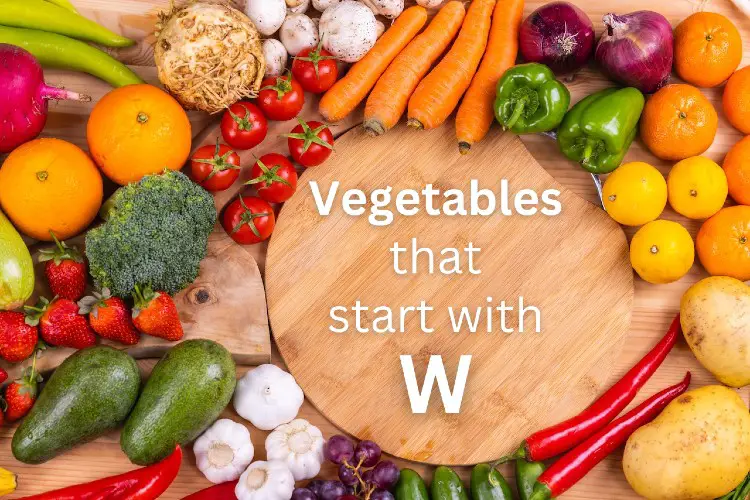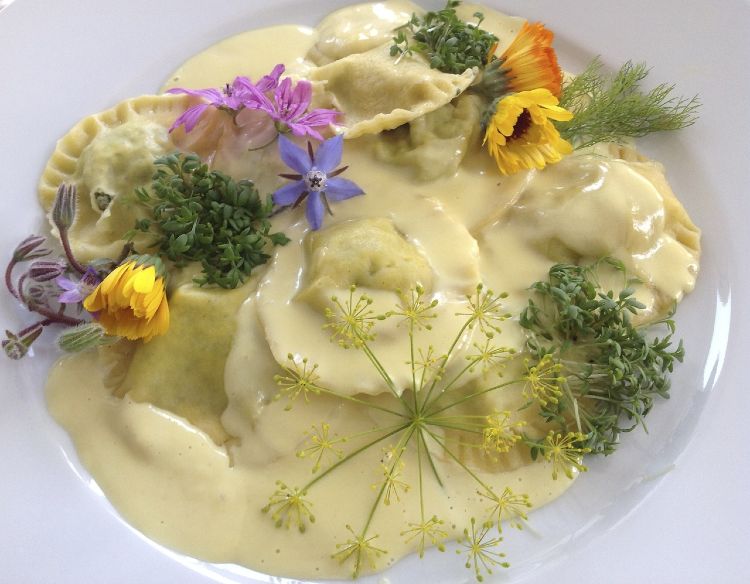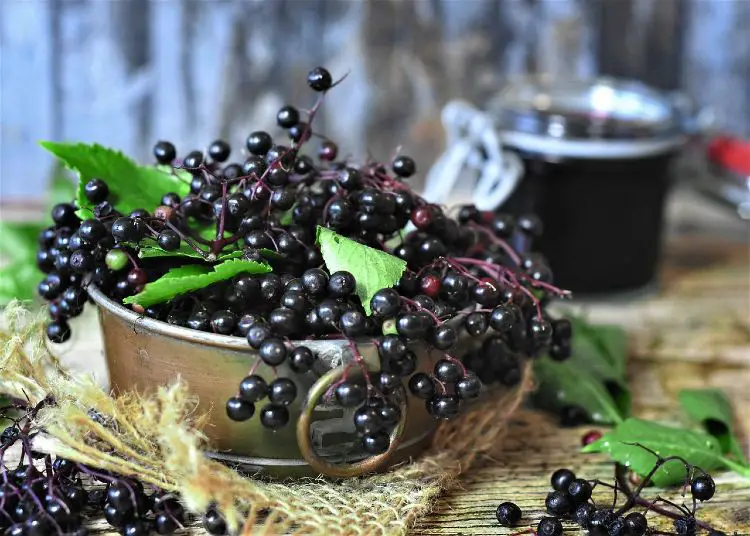Vegetables That Starts with W
Welcome to our comprehensive list of vegetables that start with the letter W!
Whether you’re seeking wasabi or wheatgrass, we’ve got you covered with a collection of amazing veggies.
Our list includes a variety of vegetables starting with W, and we’ve provided detailed information, along with links to recipes, so you can explore and enjoy these vegetables to the fullest.
But wait, there’s more! If you happen to know of any other vegetables that start with W that we might have missed, we would love to hear from you. Leave a comment, and we’ll gladly add them to our list of veggies beginning with W.
Get ready to discover and savor a wide range of delicious vegetables that all share a common trait – their names start with the letter W!
Vegetables Beginning With W
Here is the list of vegetables starting with W.
- Wasabi
- Water Chestnut
- Water Caltrop
- Watercress
- Wax Beans
- Welsh Onions
- White Radish
- Wild Celery
- Wild Garlic
- Winged Beans
- Wheatgrass
- White Asparagus
- Winter Squash
- Water Spinach
- Wild Leek
Details of Vegetables Starting with Letter W
Wasabi
Wasabi is a pungent and spicy condiment commonly used in Japanese cuisine. It comes from the root of the Wasabia japonica plant, which is native to Japan. The root is grated into a paste and is known for its distinctive green color.
Wasabi adds a unique and fiery flavor to sushi, sashimi, and other Japanese dishes.
It is popular its refreshing taste, as well as its potential health benefits, including antimicrobial properties and antioxidant effects.
Water Chestnut
Water chestnut is an aquatic vegetable that grows in marshes or shallow water. It has a crunchy texture and a slightly sweet, nutty taste.
People use them widely in Asian cuisines, particularly in stir-fries, salads, and soups.
People like them for their ability to retain their crispness when cooked and their versatility in both savory and sweet dishes.
They are also a good source of dietary fiber, vitamins, and minerals.
Water Caltrop
Water caltrop, also known as water chestnut or Singhara, is an aquatic plant that produces a unique fruit. The fruit resembles a black, spiky nut and has a mild, sweet flavor.
Water caltrops are used in various cuisines, particularly in Asian countries. You can eat water caltrops raw, boil them, roast them, or use them in desserts.
Traditional Chinese medicine attributes water caltrops with cooling properties and uses them to alleviate certain health conditions.
Watercress
Watercress is a leafy green vegetable with a peppery and tangy flavor. It is typically grown in water and has small, crisp leaves.
Watercress is highly nutritious and is rich in vitamins A, C, and K, as well as various minerals.
People commonly use it in salads, sandwiches, and as a garnish for soups and dishes.
Watercress is known for its refreshing taste and its potential health benefits, including its antioxidant and anti-inflammatory properties.
Wax Beans
Wax beans, also known as yellow beans or butter beans, are a variety of green beans with a smooth, waxy texture.
They are similar in taste to green beans but have a slightly milder flavor. Wax beans offer versatility and you can enjoy them raw in salads, steam them, sauté them, or use them in various cooked dishes.
People love them for their vibrant yellow color, tender texture, and their contribution to seasonal summer recipes.
Welsh Onions
Welsh onions, also called spring onions or scallions, are a type of allium vegetable with long, slender green stalks and small white bulbs.
They have a mild onion flavor and are commonly used in cooking as a garnish or ingredient in stir-fries, soups, and salads.
People like them for their fresh taste, crunchy texture, and their ability to add a subtle onion flavor to dishes without overpowering other ingredients. They are a staple in many cuisines around the world.
White Radish
White radish, also known as daikon radish, is a root vegetable with a crisp texture and a mild, peppery flavor. It is commonly used in Asian cuisines, particularly in Japanese, Chinese, and Korean dishes.
White radish can be eaten raw, pickled, or cooked. It is often used in salads, grated as a garnish, or added to soups, stews, and stir-fries.
People like it for its ability to absorb flavors when cooked, and its potential health benefits, including its high vitamin C content.
Wild Celery
Wild celery, also known as water celery or Chinese celery, is a variety of celery with a more intense and robust flavor compared to regular celery. It has thinner stalks and smaller leaves.
Wild celery is primarily used as an aromatic vegetable in soups, stir-fries, and various Asian dishes.
It adds a distinct celery flavor and fragrance to recipes. In traditional medicine, wild celery is believed to have diuretic properties and is used to promote digestion and relieve certain ailments.
Wild Garlic
Wild garlic, also known as ramsons or bear’s garlic, is a wild plant that belongs to the allium family. It has broad, green leaves and small white flowers.
Wild garlic has a pungent garlic aroma and flavor. It is commonly foraged and used as a culinary ingredient in salads, soups, sauces, and pesto.
Wild garlic is famous for its unique taste and its potential health benefits, including its antibacterial and antifungal properties.
Winged Beans
Winged beans, also called asparagus pea or goa bean, are a tropical legume known for their distinctive winged pods. The pods are edible and have a flavor similar to asparagus, hence the name “asparagus pea.”
Winged beans are highly nutritious and are rich in protein, fiber, vitamins, and minerals. They can be cooked and used in stir-fries, salads, soups, and curries.
The entire plant, including the leaves and flowers, is edible. Winged beans are valued for their versatility, nutritional content, and their ability to grow well in hot and humid climates.
Wheatgrass
Wheatgrass refers to the young shoots of the wheat plant, Triticum aestivum. It is commonly consumed as a dietary supplement or in the form of fresh juice.
Wheatgrass is rich in nutrients, including vitamins, minerals, and antioxidants. It has a strong, grassy taste and is usually consumed in small quantities due to its potent flavor.
It has numerous health benefits, such as boosting the immune system, detoxifying the body, and improving digestion. Wheatgrass is often consumed for its potential alkalizing and energizing effects.
White Asparagus
White asparagus is a variety of asparagus that is grown underground or covered with soil to prevent exposure to sunlight. This cultivation method prevents the development of chlorophyll, resulting in the white color of the spears.
White asparagus has a delicate and slightly sweeter flavor compared to green asparagus.
It is often considered a gourmet ingredient and is highly valued in European cuisine, particularly in Germany and France.
White asparagus is typically peeled and cooked before being served as a side dish or used in various recipes.
Winter Squash
Winter squash is a broad category of squash that includes varieties such as butternut squash, acorn squash, and pumpkin.
Unlike summer squash, winter squash has a hard outer rind and can be stored for several months, hence the name “winter” squash.
Winter squash has a sweet, rich flavor and a dense, firm texture. It is often roasted, baked, or used in soups, stews, and pies.
Winter squash is not only delicious but also packed with vitamins, minerals, and fiber, making it a nutritious addition to meals.
Water Spinach
Water spinach, also known as kangkong or morning glory, is a leafy green vegetable that grows in water or moist soil. It has long, hollow stems and tender leaves.
Water spinach is commonly used in Southeast Asian and Chinese cuisines.
It can be stir-fried, sautéed, or used in soups and salads. Water spinach has a mild, slightly peppery taste and a crisp texture.
It is highly nutritious and is a good source of vitamins A and C, iron, and calcium.
Wild Leek
Wild leek, also called ramps or wild garlic, is a wild plant native to North America. It has broad, flat leaves and a pungent flavor similar to onions and garlic.
They can be used in various dishes, including soups, salads, pesto, and sautés.
Wild leeks are known for their strong, distinctive flavor and are often associated with the arrival of spring. They are a seasonal delicacy enjoyed by many for their unique taste and versatility in cooking.
That concludes our list of “Vegetables that start with W“! We hope you found it informative and helpful for your culinary endeavors.
We value your input! If you think there are any vegetables beginning with W that is missing in above list, please let us know in the comments section below.



